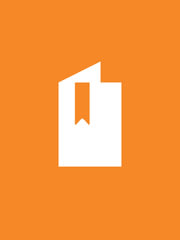Answered step by step
Verified Expert Solution
Question
1 Approved Answer
Notes : Type I error means rejecting the null hypothesis when it's actually true, while a Type II error means failing to reject the null
Notes :
Type I error means rejecting the null hypothesis when it's actually true, while a Type II error means failing to reject the null hypothesis when it's actually false. ... This means that your results only have a 5% chance of occurring, or less, if the null hypothesis is actually true.

Step by Step Solution
There are 3 Steps involved in it
Step: 1

Get Instant Access to Expert-Tailored Solutions
See step-by-step solutions with expert insights and AI powered tools for academic success
Step: 2

Step: 3

Ace Your Homework with AI
Get the answers you need in no time with our AI-driven, step-by-step assistance
Get Started


